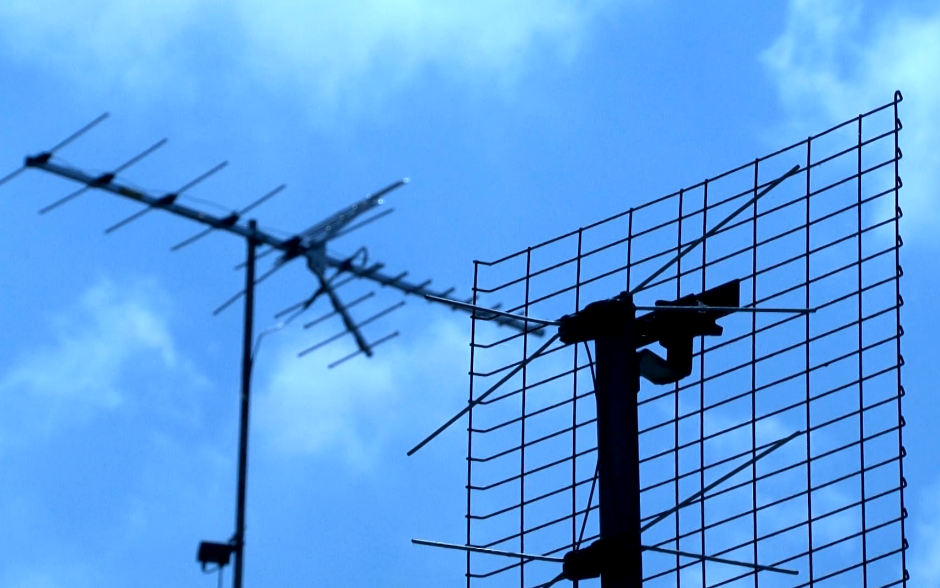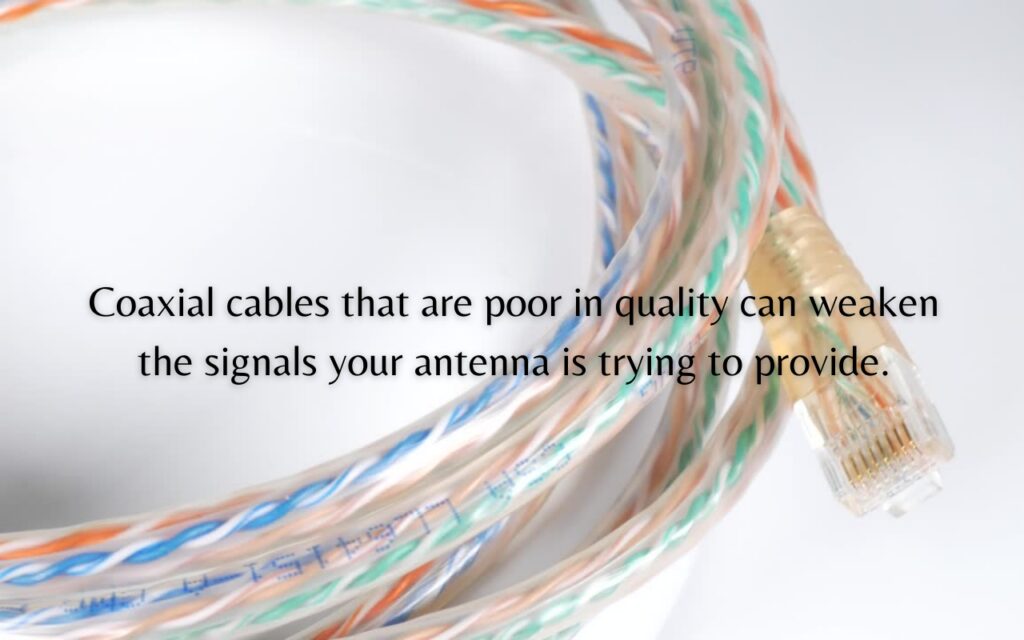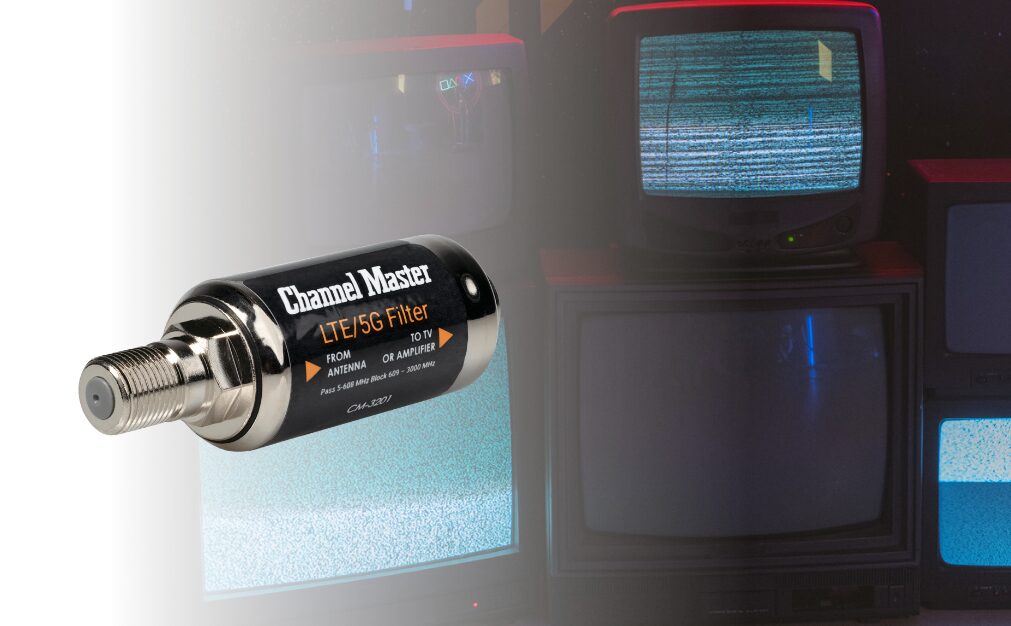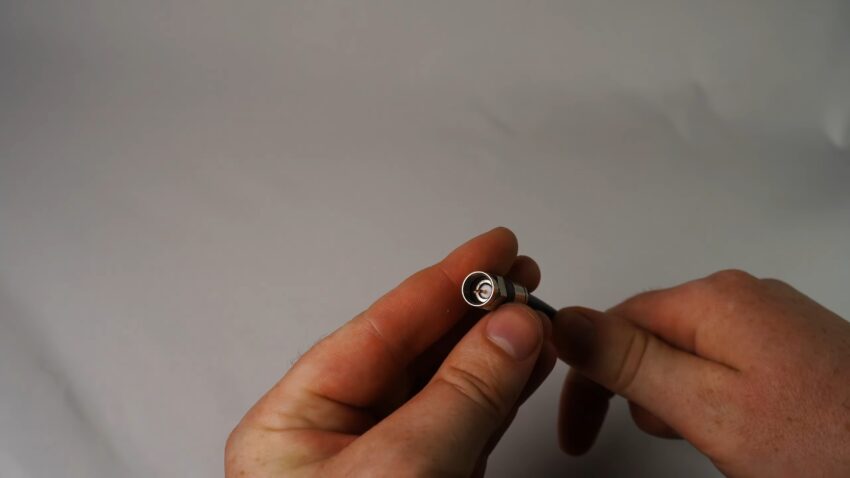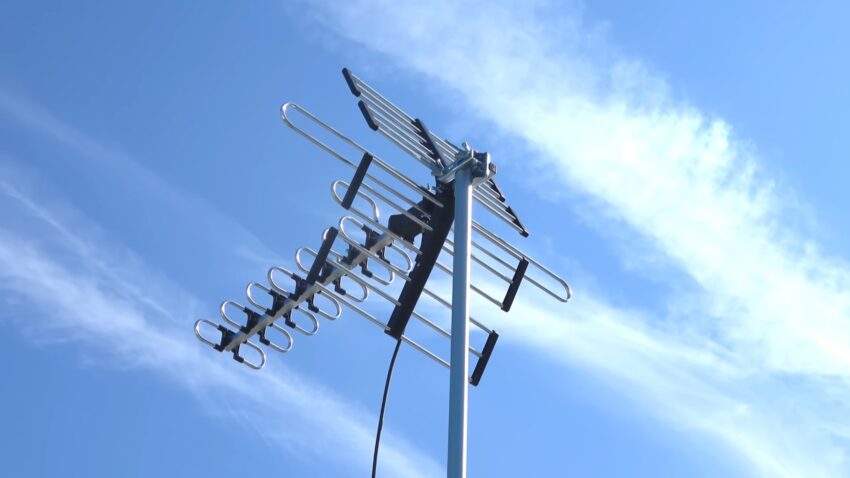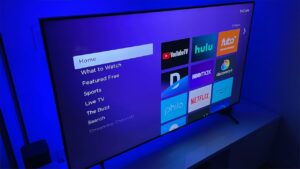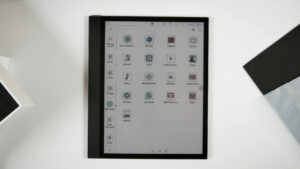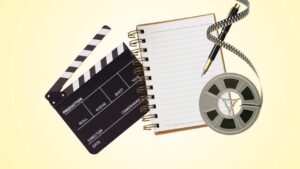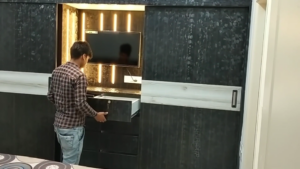TV antennas inside your household can be a very unpredictable piece of technology. As much as you twist and turn it, sometimes it is truly difficult to get at least a bit better signal. However, fret not because today, we are going to talk about how to boost the TV antenna signal homemade.
Setting up a TV antenna is something that is mainly considered a trial-by-error endeavor, and it is likely that you will not get it right the first time. However, when you do manage to set everything up and get a good signal, it can be a really rewarding thing. We did a bit of research and found some effective methods that can help you boost the antenna signal, so read on if you want to find out more.
The Basics
Before we start with homemade solutions, it’s crucial to understand the basics of TV antenna signal reception.
How TV Antenna Signals Work
TV Antenna signals are delicate and can be influenced by several factors. They operate by capturing the broadcast signals transmitted through the air.
- Understanding Signal Strength The signal strength depends on the distance and line of sight to the broadcasting tower. Obstructions like buildings, trees, or hills can significantly impact the signal quality.
- Importance of Clear Reception A clear and robust signal is vital for receiving more channels and maintaining a high-quality picture and sound. Interference can result in pixelation, sound distortions, or loss of channels.
Factors Affecting Signal Strength
Various elements play a role in determining the quality of the signal your antenna receives.
- Physical Obstructions Physical barriers between your antenna and the broadcast tower can block the signals, causing poor reception. Identifying and mitigating these obstructions is crucial for improved signal strength.
- Distance and Height The further and lower the antenna is from the broadcast tower, the weaker the signal. Increasing height and reducing the distance can aid in signal enhancement.
DIY Solutions
1. Level the Antenna
The first tip we have to share with you is strictly for people that use directional antennas, which are generally installed in the attic or on the roof. It is a type of antenna that has a long rod that usually sticks out in the direction in which you want to focus its powers on, which is different than Omnidirectional types, which pick up signals from a wider range, but with less precision.
The key to getting the best out of directional antennas is to aim them toward the optimal spot, but keeping them level is also highly important. You will certainly lose that precious signal strength if the antenna is even slightly tilted toward the ground.
2. Opt for an Outdoor or Attic Antenna
Although not easy, this method is bound to give you the most drastic results in terms of antenna signal. Outdoor and attic antennas are especially good choices for people that live in suburban and more rural areas that are usually at a greater distance from the broadcast towers.
In case you decide to go for the outdoor type, make sure that it is pointed in the right direction, and make sure to check it a couple of times during the year since elements can mess with the whole setup and damage the antenna.
3. Purchase a Higher-Quality Cable
In case you are using a coaxial cable that came alongside your antenna, it is likely that it is costing you a decent amount of reception. Coaxial cables that are poor in quality can weaken the signals your antenna is trying to provide. One of the simplest methods to figure out if your cable is performing poorly is to see if it goes slack when you hold it out.
Cables that stay stiff during this test are much better in quality and can provide a better signal. If your cable fails this test and you want to switch it, look for the one that is labeled as an RG6. You can find these kinds of cables in pretty much any online store, and they are available in various lengths.
4. Separate the Cable Away From the Power Cords
The signals that come from the broadcasting towers to your antenna are already exposed to various interferences in the air, so making extra obstacles before they hit your TV can weaken the signal even further.
Appliances that have electrical motors, such as ceiling fans, and high-power objects like refrigerators and hair dryers, are known to cause various signal interferences. The solution to this problem is to keep them as far away from your antenna as you can and try to keep the coaxial cable from being too close to power cords.
For better visual appearance, people are often tempted to bundle all the wires and cords together, but in this case, it would be a mistake as it can hurt your antenna’s performance and create an obstacle for signal.
5. Consider Adding a Preamp
Preamplifiers are excellent devices that can help you get the most out of your antenna and get a better signal across the board. These devices are especially useful for people that own at least 50 feet of cable at a distance between their antenna and television, as they make up for the loss in signal strength that distance can cause.
These are relatively inexpensive devices that you can get between 75 and 100 USD in most online stores, but there are also some cheaper variations for people that are a bit tight on the budget.
Another bonus that comes with this signal-boosting method is that most preamps have an FM trap built in, which does a great job of limiting the interferences caused by powerful radio towers you might have in your area.
Some antennas come with a built-in preamp, but if yours does not need to be plugged into an outlet to work, it probably does not have one, and you will have to purchase it separately.
6. Upgrade Your Cable Splitters
It does not come as a surprise that using a cable splitter to divide your antenna’s signal for multiple TVs will decrease the overall reception. However, there is a fix for this in the form of a distribution amplifier that can resolve these types of issues.
These devices look like a more modern version of the classic cable splitters, and they use power to offset any loss of strength that occurs when you split the signal. You can get these devices with splits for one to eight televisions for 40 to 60 dollars, which is a reasonable price, considering everything that you get for it.
7. Consider Adding an LTE Filter
With advanced technology usually comes an increasing demand for various things by users. Such is the case for ultra-fast cell service, which resulted in more powerful LTE towers that usually impact the signal reception of your TV antenna signal.
To fight this issue, you will require LTE filters that can be purchased in pretty much any online store and screwed onto the end of your coaxial cable. Although people that tried this method generally have mixed reviews, LTE filters are pretty cheap, so giving them a go is not a huge investment, and it can grant you pretty good results.
8. Add an Antenna Rotator
Adding an antenna rotator is an excellent solution for people that use attic or outdoor antennas. These rotators allow you to change the antenna’s position effortlessly and point it toward the desired location with a simple press of a button. It is a very practical solution for users that live in places where there is a considerable directional difference between two or more broadcast towers.
With antenna rotator installation, you will be able to move the antenna at will and focus it in the desired place where you can pick up a better signal for a broadcast you want to watch. It will also save you some legwork, as you will not have to walk to the attic every time you want to fine-tune the reception.
9 Purchase an Extra Antenna
Using multiple antennas to work together and simultaneously feed their signals to your television is becoming a common practice. This is something that can definitely work, and it is recommended for users that live in areas where broadcasting signals come from drastically different locations.
To get the best results out of this method, you will have to separate antennas at least 6 feet, and your coaxial cables will have to be of equal length and quality.
Assessing & Troubleshooting Signal Issues
Assessing and identifying the root cause of signal disruptions is the first step in troubleshooting and refining your TV reception. This involves looking into different aspects, such as interference, cable conditions, and the integrity of the antenna itself.
Interference Issues
Interference from other electronic devices and networks can severely impact the quality of your TV signal.
- Identifying Interference Sources Electronics like Wi-Fi routers, mobile phones, or microwave ovens can create interference, affecting the signal quality. Identifying and distancing such devices from the antenna can help in reducing disturbances.
- Strategic Placement Placing the antenna away from high interference zones can significantly enhance signal reception, ensuring a clearer and more stable viewing experience.
Antenna & Cable Conditions
The physical condition of the antenna and cables can play a crucial role in signal reception.
- Inspecting Antenna Condition A damaged or faulty antenna can struggle to capture signals effectively. Regular inspections can help in identifying any structural damages or deformities that may hinder signal reception.
- Quality of Cables Ensuring that the cables are of high quality, free from damage, and are properly connected can mitigate signal loss and improve overall reception quality.
Maintenance for Long-Term Performance
Maintaining the TV antenna and its accessories in top condition is crucial for enjoying uninterrupted, high-quality TV viewing over the long term.
Regular Cleaning & Inspection
Keeping the antenna clean and inspecting it regularly can preemptively resolve many signal reception issues.
- Removing Dust and Debris Regularly cleaning the antenna and removing any accumulated dust or debris can ensure optimal performance and longevity of the antenna.
- Structural Integrity Checks Regularly checking the antenna for any loose parts, rust, or structural issues and addressing them promptly can prevent deterioration in signal quality.
Protective Measures
Implementing protective measures can safeguard the antenna from environmental factors, ensuring its longevity and consistent performance.
- Weatherproofing Applying weatherproof coatings and shields can protect the antenna from adverse weather conditions, preventing rust and wear.
- Securing Installations Securing the antenna properly and ensuring all connections are tight can prevent damage due to winds or other environmental stresses, maintaining signal integrity.
FAQs
Can weather conditions affect my TV antenna signal?
Yes, weather conditions like rain, snow, and high winds can indeed affect the signal. Heavy rainfall can weaken the signal as it travels from the tower to your antenna, resulting in pixelation or loss of signal.
Ensure your outdoor antennas are weatherproof to mitigate the impact of adverse weather conditions.
What is the difference between UHF and VHF, and does it affect signal reception?
UHF (Ultra High Frequency) and VHF (Very High Frequency) are two different ranges of frequencies on which TV channels broadcast.
VHF channels are usually 2-13 and UHF are 14-83. UHF signals are generally more susceptible to interference but have a better range, whereas VHF signals are less likely to be interfered with but have a shorter range.
Knowing which channels are UHF or VHF in your area can help in choosing the right antenna for better signal reception.
Can I paint my outdoor antenna to match my house?
Yes, you can paint your outdoor antenna. However, it’s essential to use non-metallic paint as metallic paint can interfere with signal reception.
Before painting, clean the antenna properly to remove any dust or rust and use a primer suitable for metals to ensure proper adhesion of the paint.
How often should I replace my TV antenna cables?
Ideally, good quality cables like RG6 should not need frequent replacements and can last many years if properly maintained.
However, if you notice a sudden drop in signal quality, inspect your cables for any damage, wear, or loose connections and replace them if needed.
Does the length of the coaxial cable affect the signal quality?
Yes, the length of the coaxial cable can impact the signal quality. The longer the cable, the more signal loss occurs.
It’s recommended to use the shortest possible length of high-quality cable to connect the antenna to your TV to minimize signal loss.
Are indoor antennas less effective than outdoor ones?
Generally, outdoor antennas do have an advantage in terms of reception as they can be placed higher and are less likely to have obstructions between them and the broadcasting tower.
However, advances in indoor antenna technology have improved their performance, and they can be quite effective, especially in urban areas where broadcasting towers are usually closer.
Final Words
Boosting your TV antenna signal is possible, and it can be done if you use some of the methods we have listed individually or if you combine several to get the best results. If you do not get a better signal out of the methods we have provided, you might want to consider calling a licensed expert that will provide you with viable solutions and explain the limitations of your setup if you have any.



